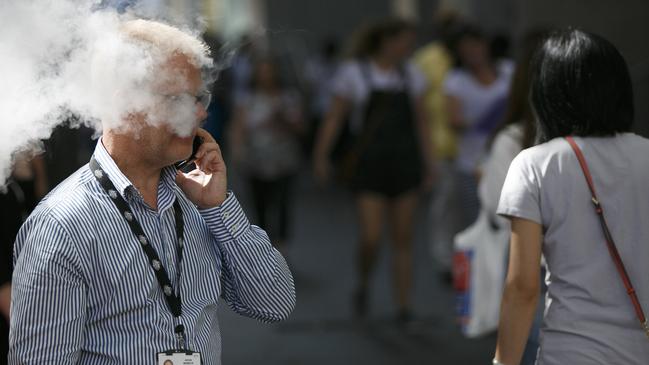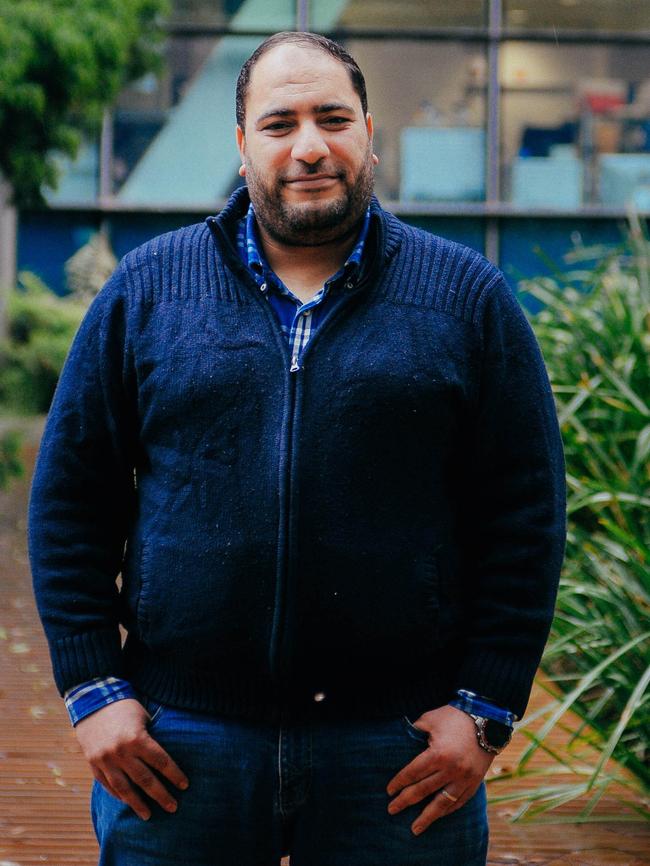Breakthrough in mystery of smoke-related illness may open door for treatment
Untreatable side-effects of smoking are on the agenda of Australian researchers who uncovered the body’s internal reaction to 30,000 chemicals the immune system combats in cigarettes.

Australian biochemists trying to find out how smoke causes lung disease have targeted the role of a protein that is crucial to the body’s immune system.
A Monash University study isolated chemicals that weakened the immune system, providing a clearer map of how serious respiratory illnesses develop.
While the link between smoking and health decline is clearly proven, the chemical processes involved have remained elusive.
“While we know that smoke from cigarettes, bushfires, cooking, vehicle exhausts and burning waste pose significant health risks, we still surprisingly know relatively little about how the specific components of smoke affect our immune system and how they impact multiple parts of the human body,” University of Queensland professor David Fairlie said.
Through computer modelling of thousands of chemicals found in cigarette smoke, biochemists were able to determine which compounds targeted immune cells. They discovered the immune “sensor” protein that alerted the body to those harmful chemicals, MR1, was being adversely affected by smoke.

When the body faces inflammation through the lungs and the immune system stumbles, it causes the development of chronic obstructive pulmonary disease, the third leading cause of death worldwide and a central form of smoking-related illness.
COPD is the habit’s main long-term health impact. It is poorly understood, has no effective treatment and is the fifth most common cause of death in Australia.
It carries a $9bn annual health burden, often leaving patients prone to respiratory disease.
Monash biochemist Wael Awad Abdelhady found exposure to smoke reduced the sensitivity of MR1 proteins over time.
“We will now focus on COPD treatment; we can collect some samples from human patients, and we’ll start some experiments to treat this sample with antibodies and with some drugs we designed for this MR1 cell system,” Dr Awad said.







To join the conversation, please log in. Don't have an account? Register
Join the conversation, you are commenting as Logout